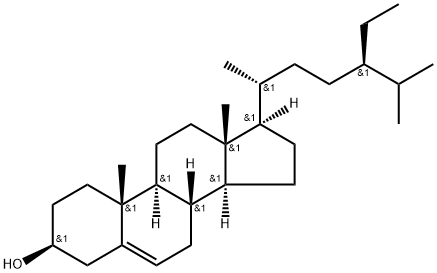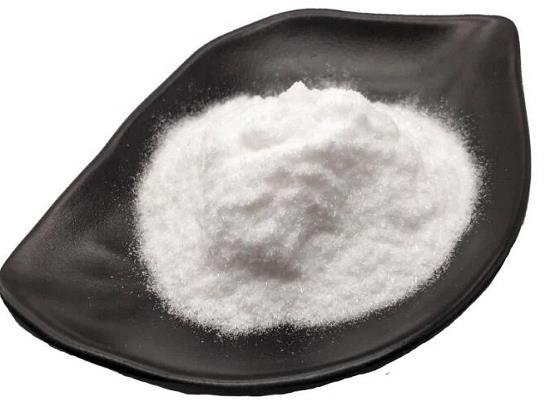Beta-Sitosterol: Sources, Extraction Methods and Pharmacokinetics
General Description
Beta-Sitosterol, a key phytosterol essential for human health, must be obtained through dietary sources due to the body's inability to synthesize it. Studies show its low oral bioavailability (0.5% to 5%). Various extraction methods like supercritical fluid extraction are used to extract Beta-Sitosterol efficiently. Pharmacokinetic studies reveal its distribution and absorption characteristics, with promising findings on routes of administration and bioavailability in animal models. Beta-Sitosterol's potential benefits for cholesterol metabolism and anti-inflammatory activities warrant further research for a comprehensive understanding of its therapeutic pathways and health advantages.
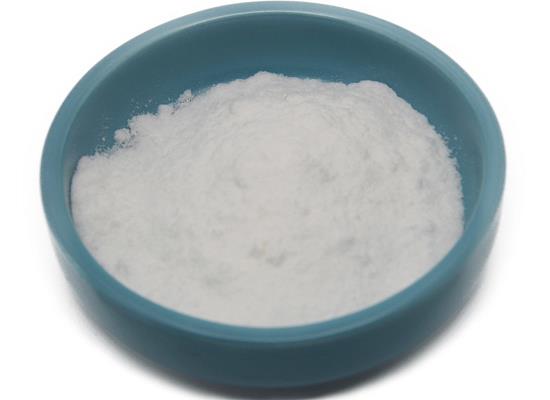
Figure 1. Beta-Sitosterol
Sources
Beta-Sitosterol, a phytosterol crucial for human health, is not synthesized by the human body, necessitating its intake through dietary sources. The oral bioavailability of phytosterols, including Beta-Sitosterol, ranges between 0.5% to 5%, with variations based on the specific sterol structure present in dietary supplements. Although the elimination or distribution pathways of campesterol and Beta-Sitosterol within the human body remain unclear, studies indicate their plasma concentrations are in the micromolar range, significantly lower than cholesterol levels. To comprehend the absorption and disposition characteristics of xenosterol, particularly Beta-Sitosterol, extensive pharmacokinetic investigations are conducted. Understanding the digestive system's role in distributing phytosterols throughout the body is crucial due to their significance as functional food ingredients. Consequently, elucidating the dietary sources of Beta-Sitosterol and its absorption dynamics is essential for comprehending the therapeutic pathways and potential health benefits associated with phytosterols. 1
Extraction Methods
Beta-sitosterol, a plant metabolite with various forms such as free, esterified, and glycosylated sitosterol, can be extracted through different techniques to maximize output and maintain product quality. Various extraction methods are employed, including Soxhlet extraction, maceration, supercritical fluid extraction (SFE), ultrasound-assisted extraction (UAE), enzyme-assisted extraction (EAE), and microwave-assisted extraction (MAE). Researchers have found success in extracting beta-sitosterol using supercritical carbon dioxide with cosolvents, obtaining high concentrations. Traditional extraction methods utilizing organic solvents may lead to side reactions and safety concerns. An alternative approach involves using liquid water as an extractive solvent at high temperatures and pressures, which has shown promising results in separating components of tall oil and soybean oil deodorizer distillate. Studies have explored the extraction of beta-sitosterol from various sources like maize fiber, Alnus glutinosa oil, and peach seed oil using supercritical CO2, noting the importance of temperature, pressure, flow rate, particle size, and extraction time in optimizing extraction efficiency. Further research is needed to understand the functional properties of beta-sitosterol and its potential benefits in cholesterol metabolism and anti-inflammatory activities. 2
Pharmacokinetics
Beta-Sitosterol, a phytosterol with potential health benefits, exhibits distinct pharmacokinetic properties as elucidated through various administration routes and animal models. In this study, the pharmacokinetic profile of Beta-Sitosterol was investigated using three different administration methods in beagle dogs: intravenous solution, orally administered powdered Beta-Sitosterol, and polyethylene glycol (PEG) melt-embedded Beta-Sitosterol. The concentration-time patterns were best described by a two-compartment open model with rapid dispersion and terminal disposal phases for both routes of administration. The apparent volume of distribution in the central compartment (Vc) was 0.56 l/kg, reflecting distribution similar to the body's fluid, while the apparent volume of distribution in the central compartment (V d/β) was 0.92 l/kg, almost equal to the whole body's weight. Upon oral administration, the absolute bioavailability of Beta-Sitosterol was approximately 9%, with a duration of stay in the body averaging 185 hours. Interestingly, PEG embedding did not enhance absorption but significantly increased the absorption rate. In male albino rabbits, following oral administration of cornsilk slurry, Beta-Sitosterol absorption and elimination were tracked using changes in marker band concentration in the HPTLC profile. Beta-Sitosterol was detected in rabbit plasma after 1 hour, reaching maximal concentration after 2.5 hours and becoming undetectable after 24 hours. Approximately 32% of Beta-Sitosterol was absorbed over a 24-hour period when delivered as a slurry of powdered cornsilk. These findings suggest that cornsilk, as a natural source of Beta-Sitosterol, exhibits high bioavailability, highlighting its potential utility as a Beta-Sitosterol supplement. 2
Reference
1. Salen G, Ahrens EH Jr, Grundy SM. Metabolism of beta-sitosterol in man. J Clin Invest. 1970; 49(5): 952-967.
2. Khan Z, Nath N, Rauf A, et al. Multifunctional roles and pharmacological potential of β-sitosterol: Emerging evidence toward clinical applications. Chem Biol Interact. 2022; 365: 110117.
See also
Lastest Price from beta-Sitosterol manufacturers
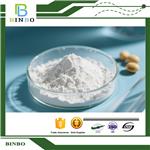
US $0.00/kg2025-11-28
- CAS:
- 83-46-5
- Min. Order:
- 1kg
- Purity:
- 60%、70%、80%、90%
- Supply Ability:
- 1000 kg
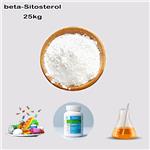
US $0.00-0.00/kg2025-09-28
- CAS:
- 83-46-5
- Min. Order:
- 1kg
- Purity:
- 80% β-Sitosterol
- Supply Ability:
- 100KGS
